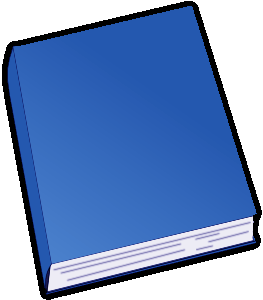
By: Pliny the Elder (23-79)
In Natural History Volume 5, Pliny the Elder offers readers an incredibly detailed and comprehensive look at the natural world. Covering topics such as minerals, metals, and precious stones, this volume provides a wealth of information on a wide range of subjects.
Pliny's writing is both informative and engaging, drawing the reader in with his vivid descriptions and passionate storytelling. His enthusiasm for the natural world is contagious, and readers will find themselves captivated by his descriptions of exotic plants and animals.
While some may find the sheer volume of information in this book overwhelming, those with a love for the natural world will appreciate the depth and breadth of Pliny's knowledge. His meticulous observations and thorough research make this volume a valuable resource for anyone interested in the study of natural history.
Overall, Natural History Volume 5 is a fascinating and informative read that is sure to appeal to scholars, students, and anyone with a curiosity about the world around them. Pliny's passion for the subject shines through in every page, making this book a must-read for anyone interested in the wonders of the natural world. Book Description:
Naturalis Historia is an encyclopedia published circa AD 77-79 by Pliny the Elder. It is one of the largest single works to have survived from the Roman empire to the modern day and purports to cover the entire field of ancient knowledge, based on the best authorities available to Pliny. The work became a model for all later encyclopedias in terms of the breadth of subject matter examined, the need to reference original authors, and a comprehensive index list of the contents. The scheme of his great work is vast and comprehensive, being nothing short of an encyclopedia of learning and of art so far as they are connected with nature or draw their materials from nature. The work divides neatly into the organic world of plants and animals, and the realm of inorganic matter, although there are frequent digressions in each section. He is especially interested in not just describing the occurrence of plants, animals and insects, but also their exploitation by man, especially Romans. The description of metals and minerals is particularly detailed, and valuable for the history of science as being the most extensive compilation still available from the ancient world.
This fifth volume includes books twenty one to twenty five, covering the following subjects:
Book 21 - The natural history of flowers
Book 22 - The properties of plants and fruits
Book 23 - The remedies derived from the cultivated trees
Book 24 - The remedies derived from the forest trees
Book 25 - The natural history of the wild plants - Summary by Leni
|
